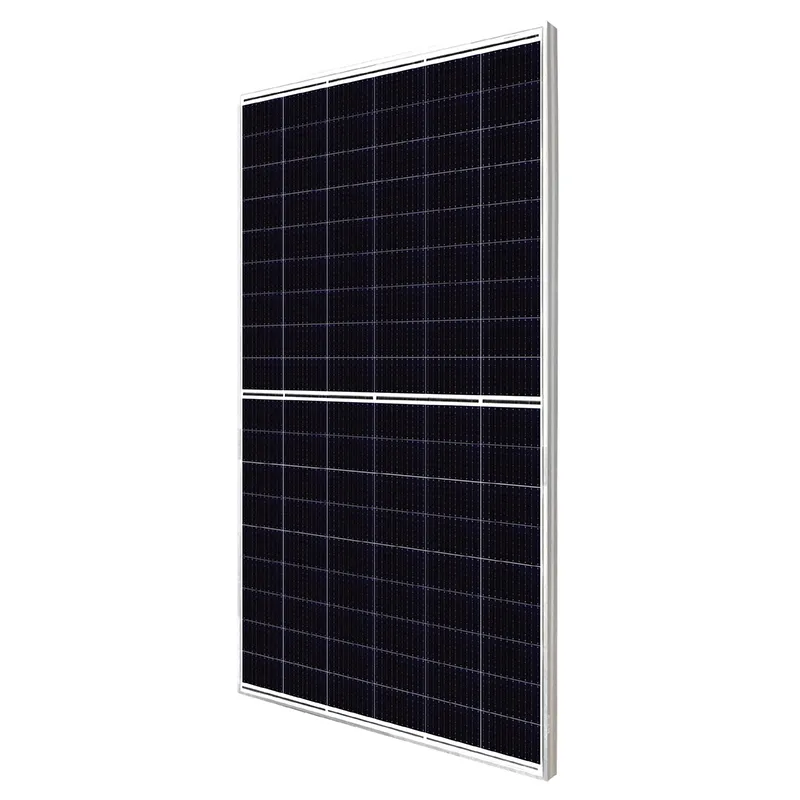efficiency of polycrystalline solar panels
Efficiency of Polycrystalline Solar Panels
Polysilicon, or polycrystalline silicon, solar panels have become a prevalent choice for harnessing solar energy, widely utilized in residential and commercial installations. With global efforts to reduce carbon emissions and transition to green energy, understanding the efficiency of these solar panels is crucial. In this article, we will explore the factors influencing the efficiency of polycrystalline solar panels, their advantages, and their overall impact on the solar energy landscape.
What is Polycrystalline Silicon?
Polycrystalline silicon is produced by melting several silicon crystals together and then allowing them to solidify. This process results in a material comprised of multiple silicon crystals. While polycrystalline panels tend to be less expensive and easier to manufacture than their monocrystalline counterparts, they generally exhibit slightly lower efficiency levels. Efficiency in the context of solar panels refers to the percentage of sunlight that can be converted into usable electricity.
Efficiency Ratings of Polycrystalline Solar Panels
The efficiency of polycrystalline solar panels can vary, but they typically range from 15% to 22%. This range is largely influenced by various factors including the manufacturing process, temperature sensitivity, and the quality of the silicon used. Various manufacturers have developed innovative techniques to enhance the performance of their polycrystalline panels, leading to improvements in efficiency ratings over the years.
Monocrystalline panels, on the other hand, can achieve efficiencies of up to 24% or higher, due to their single-crystal structure, which allows for better electron movement. However, polycrystalline panels are often favored for large-scale solar farms and commercial applications because of their lower production costs and reduced waste.
Factors Affecting Efficiency
1. Temperature Polycrystalline solar panels are sensitive to temperature. High temperatures can lead to decreased efficiency, with performance dropping significantly in extreme heat. Managing this temperature sensitivity is crucial for optimizing the energy output of solar systems.
efficiency of polycrystalline solar panels

2. Angle and Orientation The efficiency of polycrystalline panels can also depend on their installation angle and orientation. Panels must be positioned to capture maximum sunlight throughout the day and year. Proper site evaluation and installation are vital for achieving optimal performance.
3. Shading and Dirt Shading from trees, buildings, or other obstructions can adversely affect the efficiency of solar panels. Even partial shading can lead to significant drops in generation capacity. Additionally, dirt and dust accumulation can block sunlight, underscoring the importance of regular maintenance and cleaning for maximum output.
4. Technology Enhancements Ongoing advancements in technology, such as improved anti-reflective coatings and better designs for electrical contacts, are leading to incremental improvements in polycrystalline panel efficiencies. These innovations aim to minimize energy losses and improve overall performance.
Advantages of Polycrystalline Solar Panels
Despite their slightly lower efficiency compared to monocrystalline panels, polycrystalline solar panels offer several advantages. They are generally less expensive and have a simpler production process, making them a cost-effective choice for many consumers. Furthermore, they are manufactured using abundant silicon material, promoting sustainable practices in solar technology.
Another key factor is their longevity and reliability. Polycrystalline panels are known for their durability and can often withstand more adverse weather conditions compared to alternative technologies. Many manufacturers offer extensive warranties, ensuring consumers of their long-term performance.
Conclusion
In summary, the efficiency of polycrystalline solar panels is a critical consideration for maximizing solar energy utilization. While they may not reach the same efficiency levels as monocrystalline panels, their affordability and various advantages make them an appealing option for many installations. As technology continues to evolve, we can expect even greater efficiencies and enhanced performance from polycrystalline solar panels, contributing to a more sustainable energy future. By understanding the factors influencing their efficiency, consumers can make informed decisions and optimize their solar energy systems to meet their specific needs.
-
Unlocking Energy Freedom with the Off Grid Solar InverterNewsJun.06,2025
-
Unlock More Solar Power with a High-Efficiency Bifacial Solar PanelNewsJun.06,2025
-
Power Your Future with High-Efficiency Monocrystalline Solar PanelsNewsJun.06,2025
-
Next-Gen Solar Power Starts with Micro Solar InvertersNewsJun.06,2025
-
Harnessing Peak Efficiency with the On Grid Solar InverterNewsJun.06,2025
-
Discover Unmatched Efficiency with the Latest String Solar InverterNewsJun.06,2025







